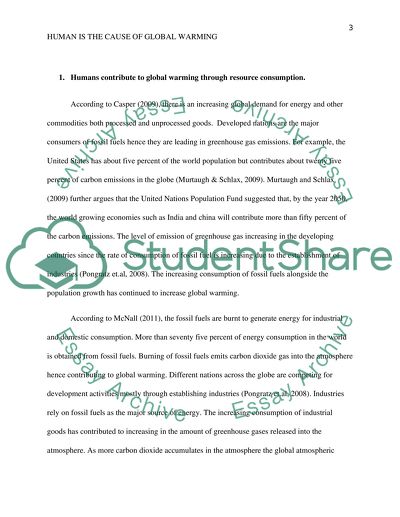Cite this document
(Human is the Cause of Global Warming Case Study - 3, n.d.)
Human is the Cause of Global Warming Case Study - 3. Retrieved from https://studentshare.org/environmental-studies/1640482-global-warming
Human is the Cause of Global Warming Case Study - 3. Retrieved from https://studentshare.org/environmental-studies/1640482-global-warming
(Human Is the Cause of Global Warming Case Study - 3)
Human Is the Cause of Global Warming Case Study - 3. https://studentshare.org/environmental-studies/1640482-global-warming.
Human Is the Cause of Global Warming Case Study - 3. https://studentshare.org/environmental-studies/1640482-global-warming.
“Human Is the Cause of Global Warming Case Study - 3”. https://studentshare.org/environmental-studies/1640482-global-warming.


